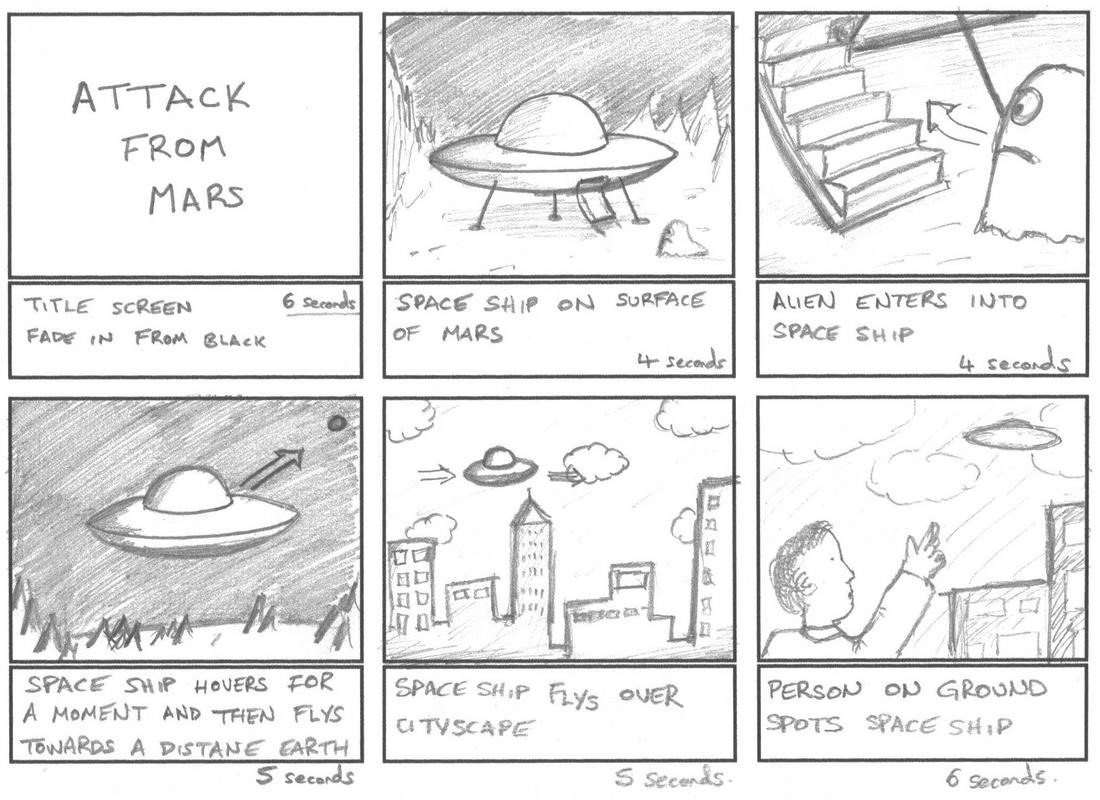Your Guide to Animation Storyboard Cost Per Frame and What Affects It

When it comes to animation production, one of the most important—but often misunderstood—elements is the storyboard. A storyboard serves as the blueprint of your animation project, laying out the visual flow frame by frame. Whether you’re an agency, brand manager, filmmaker, or indie creator, understanding the animation storyboard cost per frame can help you budget smarter and communicate better with artists.
In this article, we’ll break down how storyboarding is priced, what factors influence the cost, and how to make the most of your budget without sacrificing visual clarity or storytelling impact.
Table of Contents
ToggleWhat Is a Storyboard?
A storyboard is a sequence of drawings representing the planned shots of your animation. Each frame or panel visually depicts how the story will unfold, including composition, camera movements, character actions, and timing. Think of it as a comic strip for your video project—with utility far beyond simple visuals.
Storyboards are typically used for:
- 2D and 3D animated films
- Explainer videos
- Commercials and promos
- Motion graphics
- Game cinematics
- Educational content
Before animation begins, storyboarding allows teams to align creatively, reduce misunderstandings, and identify production bottlenecks.
Average Animation Storyboard Cost Per Frame
The animation storyboard cost per frame typically ranges between $10 to $150+ depending on the complexity, detail level, artist reputation, and project type.
Here’s a general breakdown:
| Quality Level | Cost Per Frame | Description |
|---|---|---|
| Basic Sketches | $10 – $30 | Rough, black-and-white sketches for internal use |
| Mid-Range | $30 – $70 | Clean line art with character poses and basic shading |
| High-End Cinematic | $70 – $150+ | Detailed frames with full shading, composition, and dynamic angles |
For example, a 60-frame storyboard for an explainer video at $50 per frame would cost approximately $3,000. If more revision rounds or detailed rendering are required, that can increase the cost further.
What Factors Affect the Cost Per Frame?
1. Level of Detail
The most significant price determinant is how much polish and clarity you need. A rough sketch takes much less time than a fully rendered frame with lighting cues and facial expressions. Decide whether the storyboard will be used internally or for client presentations to gauge the right level of detail.
2. Scene Complexity
Is the scene just two characters talking, or a full-blown action sequence with multiple elements and dynamic movement? Complex scenes require more visual planning and therefore cost more per frame.
3. Storyboard Artist’s Experience
A seasoned storyboard artist with credits on film or ad campaigns will naturally charge more than a freelancer just starting out. Higher experience usually translates to faster turnarounds, better visual storytelling, and fewer revision needs.
4. Project Type
Different types of animation require different approaches:
- Explainer videos are often more straightforward.
- 3D short films may need complex camera movements.
- Motion graphics may only require frame planning, not full action sequences.
Each affects pricing differently.
5. Revisions & Turnaround Time
Most artists include a limited number of revisions. Additional revision rounds or expedited deadlines may come with added fees.
6. Usage Rights
If the storyboard is used for a public campaign or includes resell/redistribution rights, this can influence pricing as well.
How to Estimate Your Storyboard Budget
To estimate your total cost, multiply the number of frames by the average rate per frame, then add buffer for revisions.
Example:
- 90 frames x $40 per frame = $3,600
- 2 revision rounds = $600
- Total Estimated Cost = $4,200
It’s wise to ask your storyboard artist:
- How many revisions are included?
- What tools/software are they using (e.g., Photoshop, Storyboarder, Toon Boom Storyboard Pro)?
- Do they provide layered files?
- How many frames per minute will they cover?
Per Frame Pricing vs. Project-Based Quotes
While per frame pricing is common, some studios or freelancers offer flat-rate project packages. This is especially common when:
- The video length is fixed (e.g., a 90-second explainer).
- The scope and complexity are well-defined.
- There’s a repeat client relationship.
Per Frame Pros: Transparent, scalable for large teams
Per Frame Cons: Costs can snowball without strict revision control
Project-Based Pros: Predictable, good for budgeting
Project-Based Cons: May require rigid scope or kill fees
Choose the model that aligns with your production style and flexibility needs.
Tips to Save on Storyboard Costs
- Provide a Clear Script or Outline: A messy script slows the process and adds revision rounds.
- Use References: Share visual references so artists understand your vision from the start.
- Bundle with Other Services: Some studios offer storyboard + animatic bundles at a discount.
- Start with a Test Frame: Commission 2–3 test frames to align on style before committing.
- Avoid Rush Deadlines: Plan ahead to avoid paying rush fees.
Real-World Scenario
Let’s say you’re producing a 60-second animated promo. With standard pacing, you might need 100–120 frames.
Scenario A: Mid-Range Detail
- 100 frames x $50 = $5,000
- 1 feedback round: included
- Total = $5,000
Scenario B: High-End Detail for Pitch Deck
- 100 frames x $120 = $12,000
- Commercial license: +$500
- Rush delivery: +$800
- Total = $13,300
Having clarity from the start can help you select the right level and avoid unnecessary charges.
Final Thoughts
Storyboard costs can vary dramatically depending on your creative goals, artist choice, and visual complexity. By understanding the animation storyboard cost per frame, you empower yourself to make better budgeting decisions and maintain smoother communication with your creative team.
Remember, the storyboard is not just a cost—it’s an investment in the clarity and effectiveness of your final animation. Whether you’re producing a short explainer or a full-length animated feature, quality planning saves time, reduces revision cycles, and ensures that the final product meets expectations.
FAQs
Q1: What is the average animation storyboard cost per frame?
The average animation storyboard cost per frame ranges from $10 to $150+, depending on the detail level, artist experience, and project complexity. Basic sketches may cost less, while cinematic-quality frames created by professionals can cost significantly more.
Q2: Why do storyboard prices vary so much?
Prices vary based on several factors:
- Level of detail (rough sketch vs. full-color render)
- Scene complexity
- Revisions required
- Deadline (rush jobs cost more)
- Artist or studio reputation
- Licensing and usage rights
Q3: How many storyboard frames do I need for a 60-second animation?
Typically, you’ll need 60 to 120 frames for a 60-second video, depending on how frequently key scenes change. Complex animations with more transitions and camera angles may require a higher frame count.
Q4: Can I get a storyboard package instead of paying per frame?
Yes. Many studios or freelance storyboard artists offer flat-rate packages based on project scope. These often include a fixed number of frames, revisions, and sometimes an animatic preview. This pricing method works well if your project scope is clearly defined.
Q5: What’s included in the storyboard cost?
It varies by artist or studio, but typically includes:
- Visual depiction of each frame
- One or more revision rounds
- A storyboard file in JPEG, PNG, or PDF format
- Optional extras: animatics, layered PSDs, licensing, or commercial rights







